Volvo rates as best-of-the-best in a new listing of the safest cars in Australian showrooms, with Mitsubishi tailing the field.
The Swedish maker has done the job with its newest model, the impressive new XC60, edging out a classy bunch of five-star cars.
But Mitsubishi's outdated Express van trails in a miserable last, even if the latest Mahindra Pik-Up does not do much better.
The results are revealed in a special Carsguide breakdown of the safety star rankings provided under the Australian New-Car Assessment Program.
"The XC60 is less than half a point away from the maximum possible. It would be extremely difficult to be any better than that. It's an extremely impressive car," says Michael Case, chief engineer of the RACV and also a spokesman for ANCAP.
"But any vehicle with less than four stars is to be avoided unless you don't have any other choice. Anything less than four stars is unsatisfactory when there is so much choice. An increasing number of vehicles achieve a four-star, and even five-star, ranking.
"Why buy a car at one or two stars and risk your safety? It's been a long time since one or two stars has been acceptable.
"The bar has really risen to five stars, and the gap between the star ratings is big. There is a gulf."
The safest cars are all officially ranked as five star by ANCAP — including the Ford Falcon and Holden Commodore — but drilling deeper shows the differences between the best of the best.
It's a similar story at the bottom end, even if the Express only gets one star, as the two and three-star vehicles can also be listed on the basis of their detailed NCAP scores.
At the top, Volvo's new prestige SUV tops the field ahead of the Mercedes-Benz C-Class and A-Class, followed by the Renault Laguna and the latest Volkswagen Golf.
From the bottom, it's the Express and Pik-Up, then the Hyundai Elantra sedan, Kia Cerato hatch and Hyundai Accent.
The results show the gulf between European prestige and luxury cars at one end and price-driven Korean cars at the other, with the majority of models sitting somewhere in the middle ground.
And that's what ANCAP is all about.
The organisation was created in 1992 in a joint venture between motoring clubs and state safety organisations, and published its first results in 1993. Since then it has tested dozens of vehicles in all classes, from micro-minis through to four-wheel drives and pick-ups.
But the results and reach of the ANCAP program has been extended by taking results from the mirror-image program run by the European NCAP organisation.
"Each of the crash tests costs in the vicinity of $40,000-50,000. And that's without the cost of the vehicle involved," says Case.
"You need one vehicle for the offset frontal, which basically destroys the car. Then a second car for the Moving Deformable Barrier test and, while the damage is much less, you cannot use it for anything else.
"The pole test looks innocuous, but does a lot of damage. With the pedestrian protection test you can repair the car and it is the same as before, you don't have to consume the car."
ANCAP budgets for 10-12 vehicles each year, which means at least 20 individual crash tests.
The testing is done at the NSW RTA Crashlab in Sydney, Autolive at Campbellfield in Melbourne and The Centre for Automotive Safety Research, which is part of the University of Adelaide.
There was some controversy when ANCAP cars were allegedly repaired and put back on the road, but Case says they are now stripped to ensure they are only suitable for spare parts.
"They have their identity removed and they are sold. They should go for spare parts," says Case.
But it's a big program and a big deal.
"If you do the complete suite of tests it's $150,000 plus the cost of three cars. We use an independent car buying agent. We buy a car like a normal consumer would to ensure the results are impartial."
Even so, carmakers continue to fight against ANCAP because they say they do thousands of crash tests — both 'real world' and 'virtual', using the latest computer simulations — and NCAP is only a single crash.
But a growing number are now happy to use their ANCAP scores to promote their cars, including Ford, Subaru and Renault.
But it's not surprise those are three brands with a five-star result to tout.
The latest ANCAP results show the quality of Volvo and Mercedes-Benz's safety engineering, and the questions over the Koreans, but Case says safety is a moving target.
"It just takes continuous improvement to get higher NCAP scores, and the locals have just broken into the five-star range," he says.
"It will take more work yet for Ford and Holden to get to the top end. Other manufacturers have been there for a while and they are making further improvements."
But he says safety engineering is improving all the time, in everything from the types of steels used in cars to the design of 'crash paths' through the body and even the growing number of airbags and things like pop-up bonnets to protect pedestrians.
"It's more about timing than capability," says Case.
THE BEST:
1. Volvo XC60 - 36.53
2. Mercedes C-Class - 36.15
3. Mercedes A-Class - 35.96
4. Renault Laguna - 35.91
5. Volkswagen Golf - 35.72
6. Subaru Liberty - 35.52
7. Subaru Outback - 35.52
8. Peugeot 407 - 35.41
9. Peugeot 308 - 35.32
10. Ford Mondeo - 35.13
THE WORST:
1. Mitsubishi Express - 8.49
2. Mahindra Pik-Up - 16.49
3. Hyundai Elantra - 19.81
4. Kia Cerato - 19.90
5. Hyundai Elantra (curtain airbags) - 20.76
6. Hyundai Accent - 21.21
7. Holden Colorado - 21.40
8. Nissan Navara - 21.57
9. Hyundai Getz - 21.78
10. Nissan Patrol - 22.17
For complete ANCAP safety ratings go to: www.howsafeisyourcar.com.au



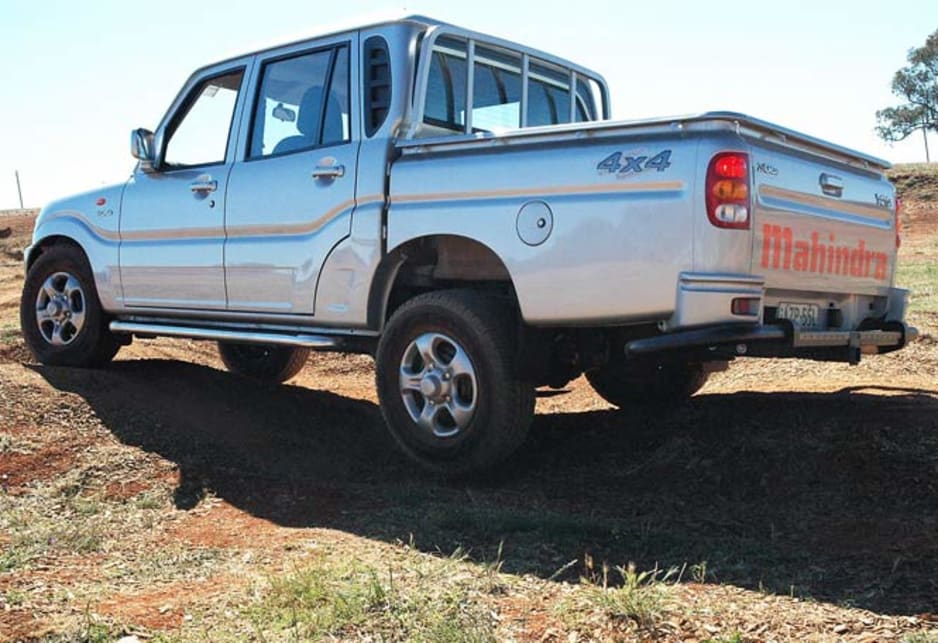
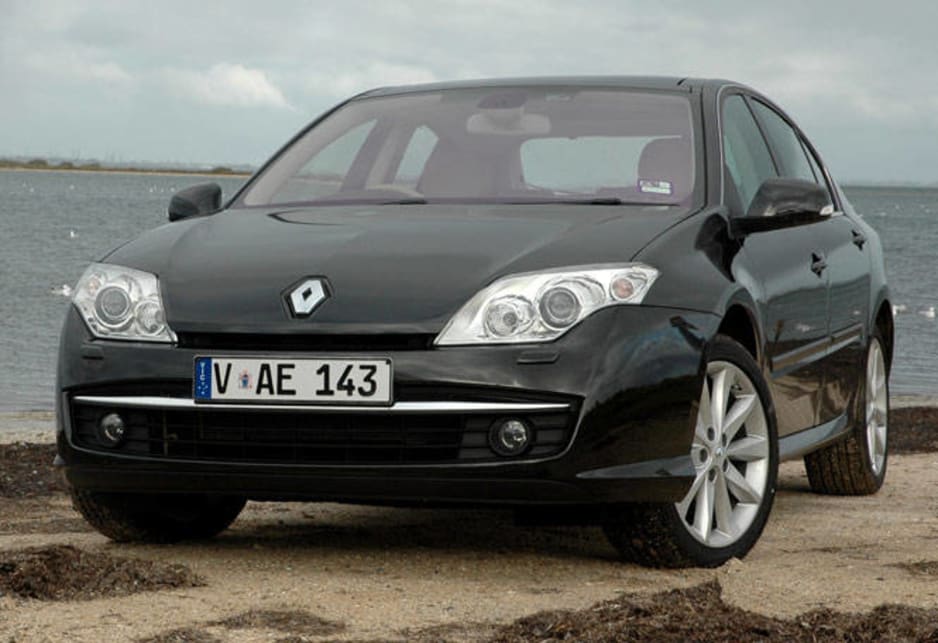
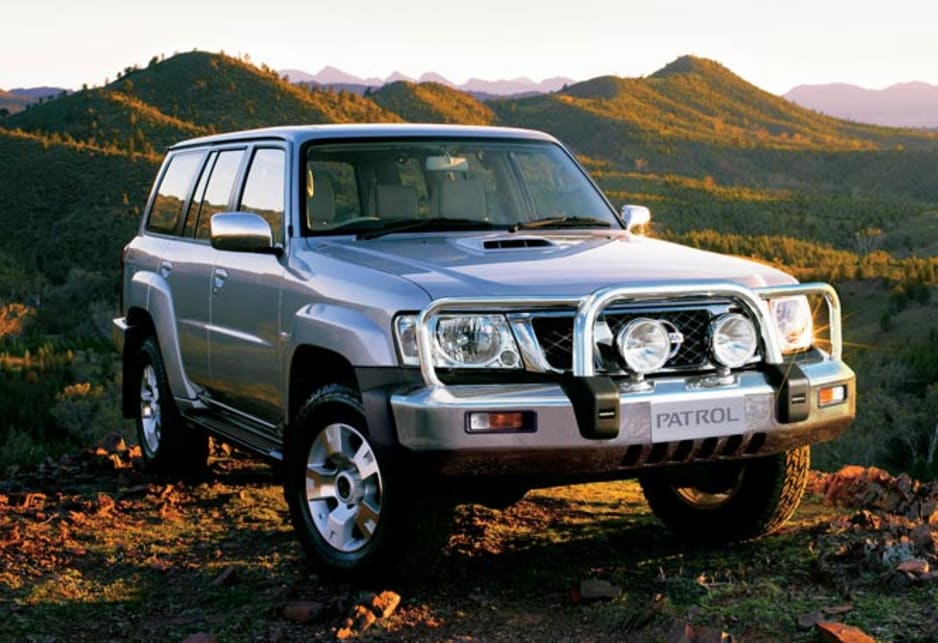
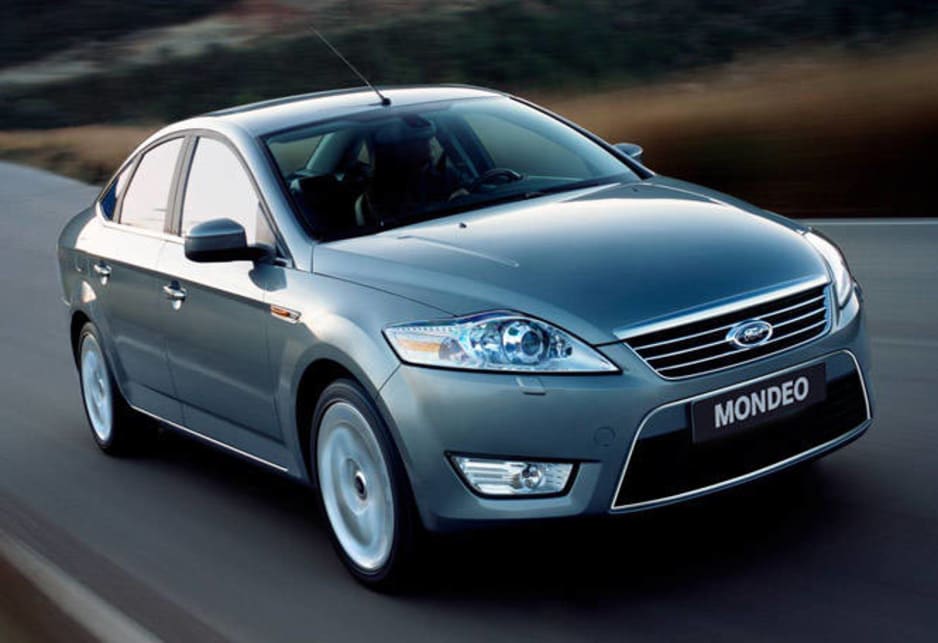
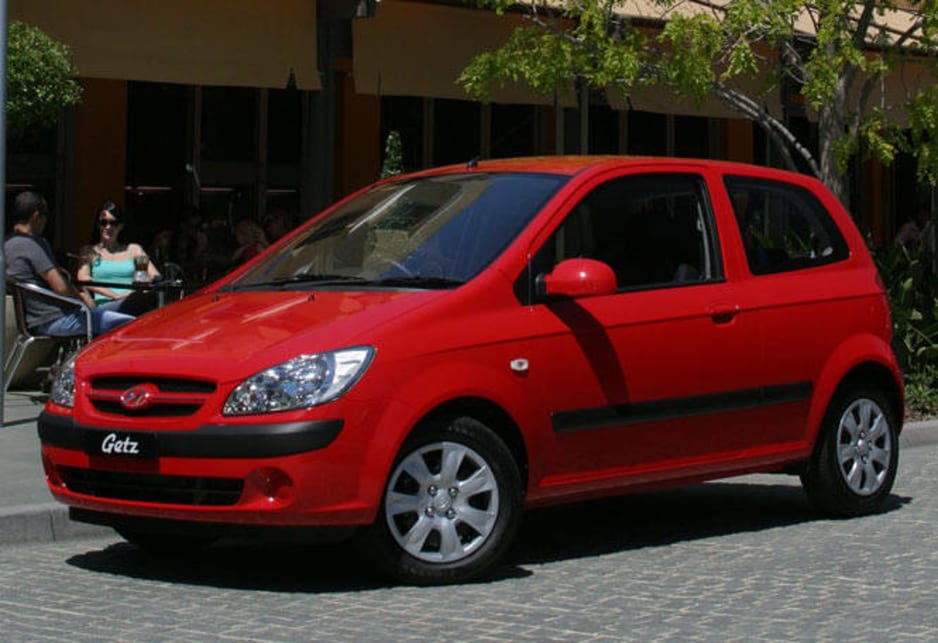
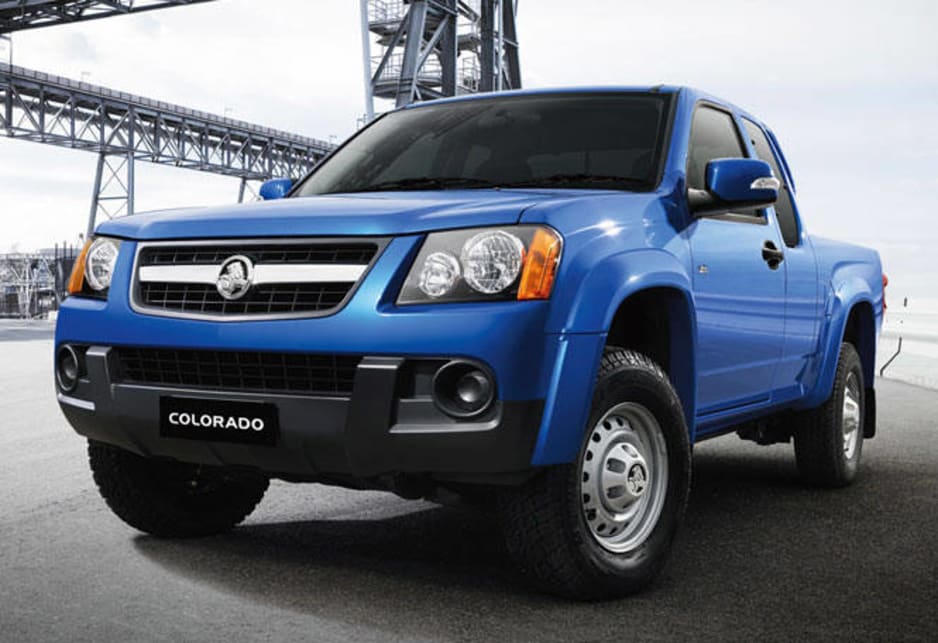
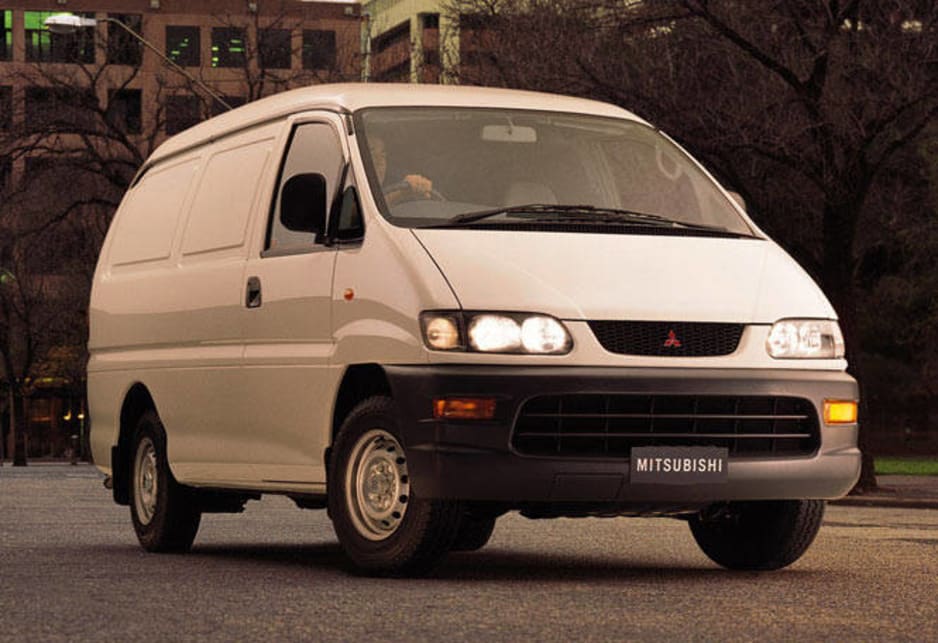
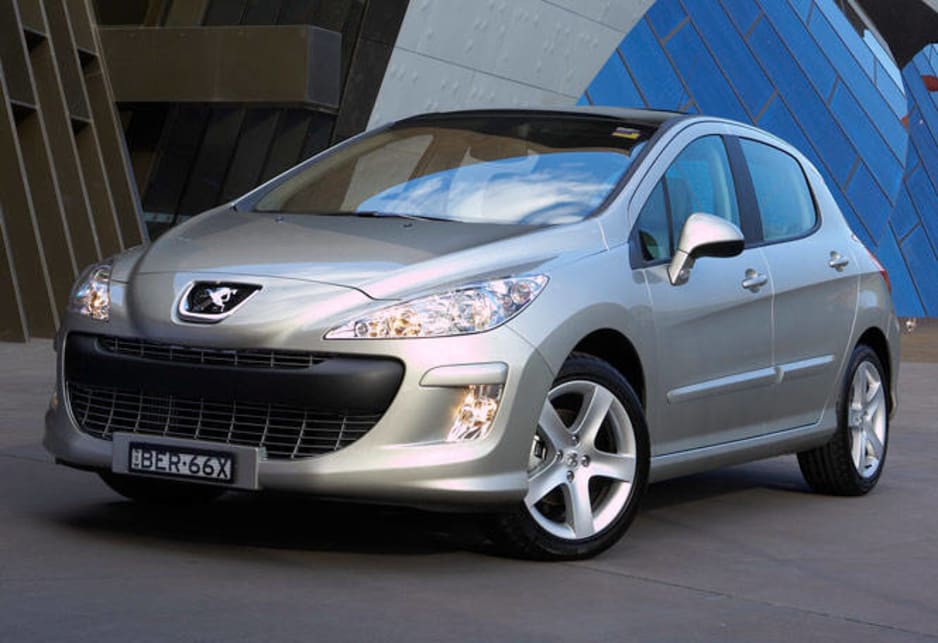
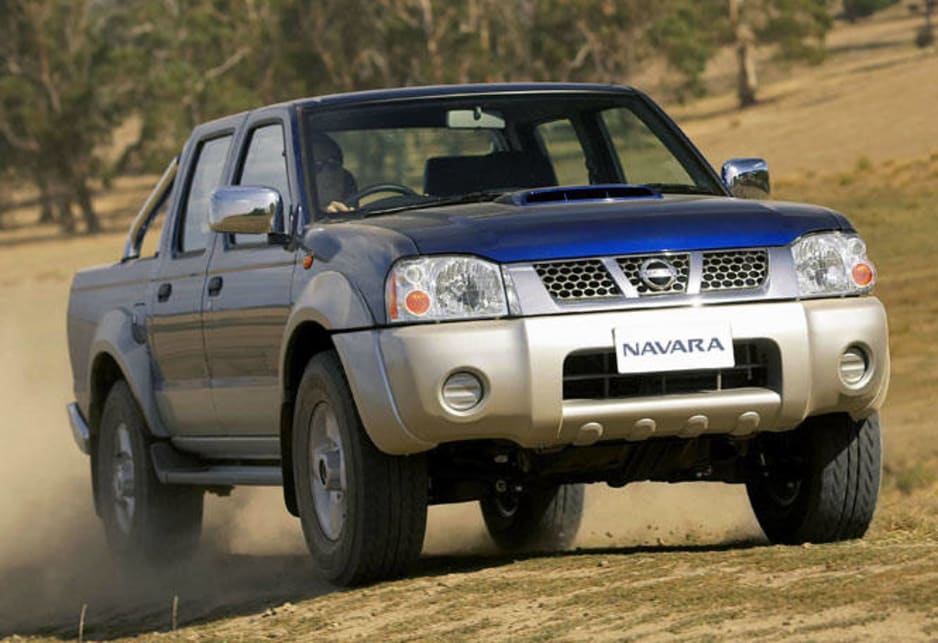
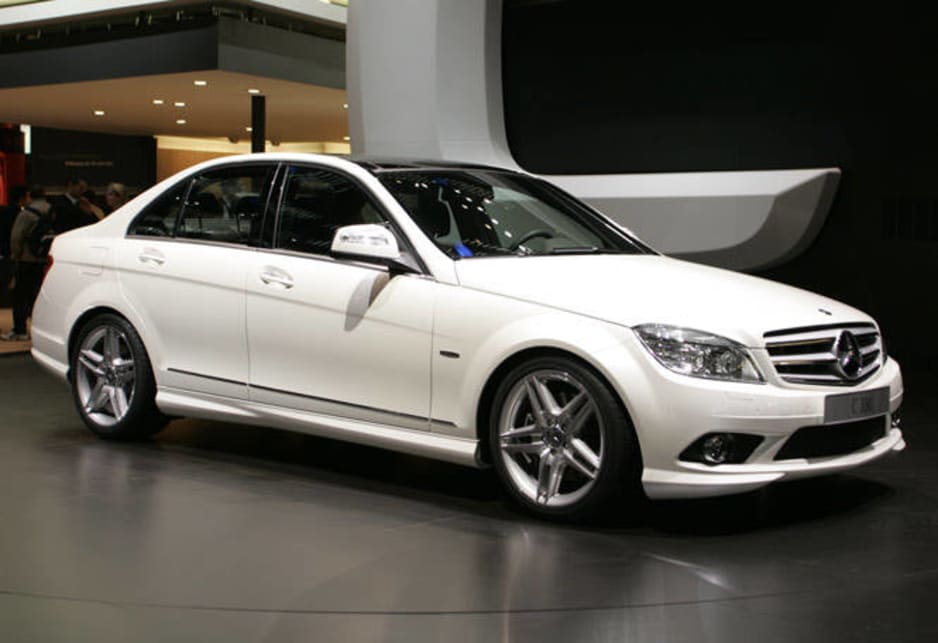
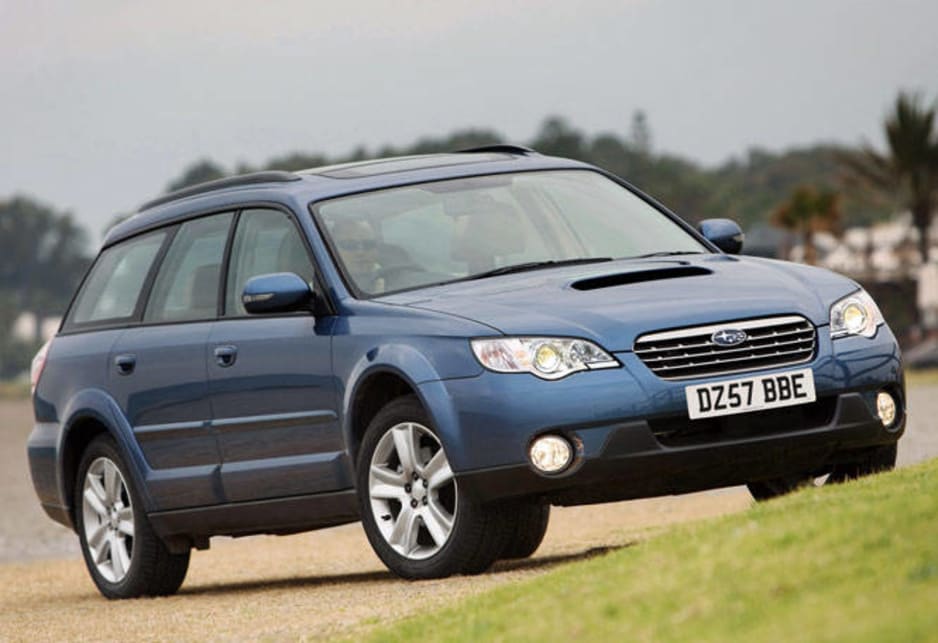
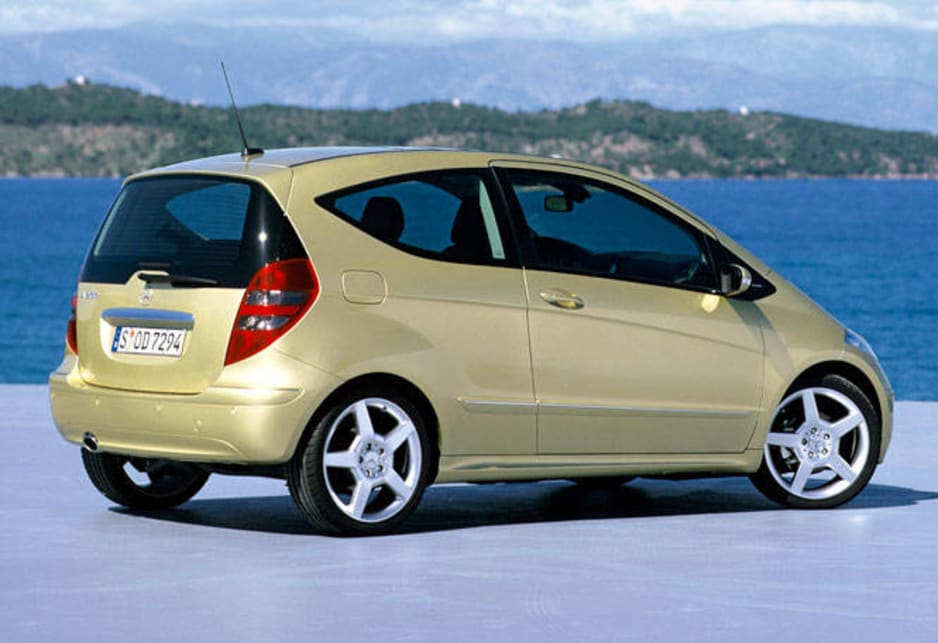
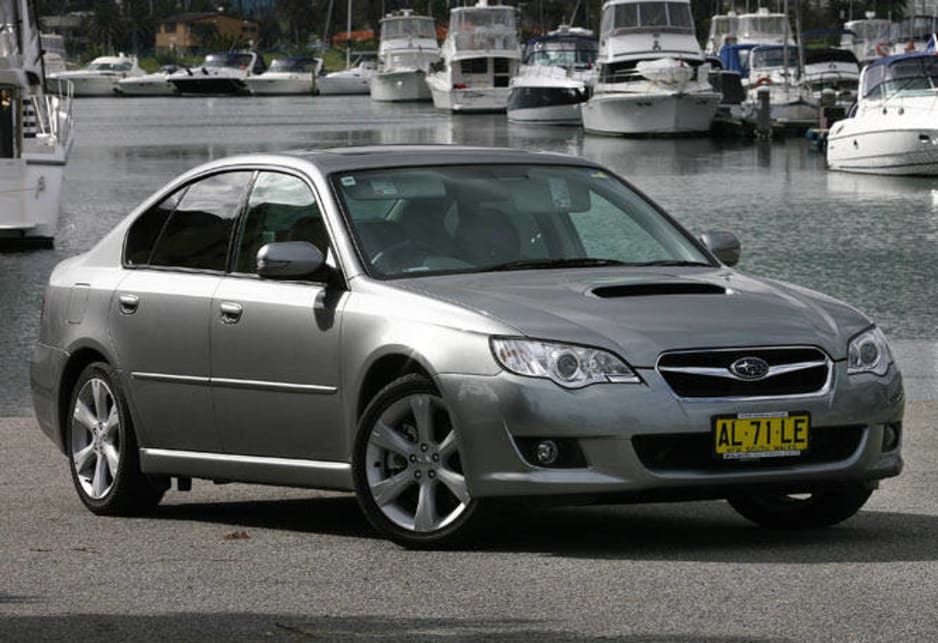
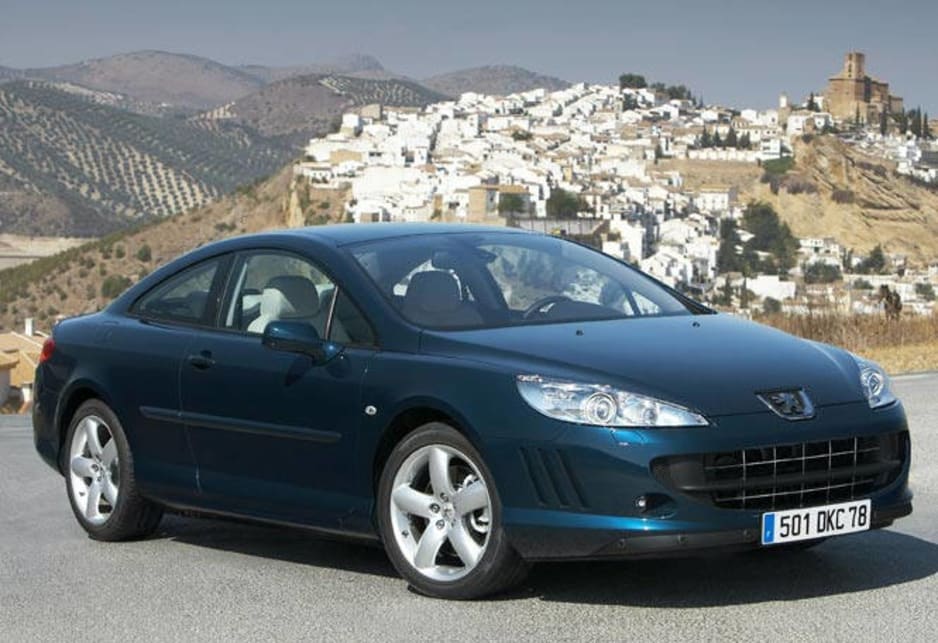

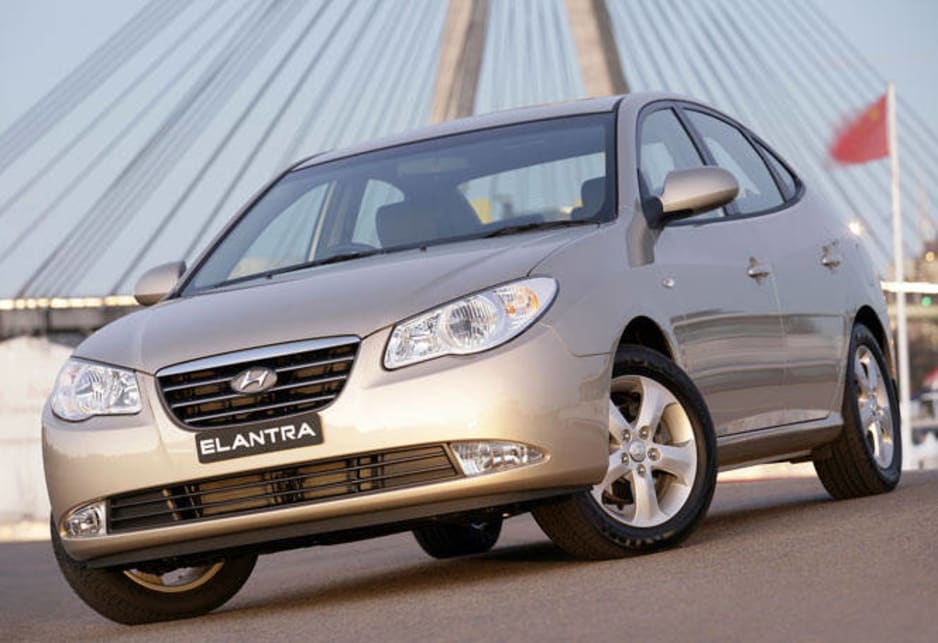
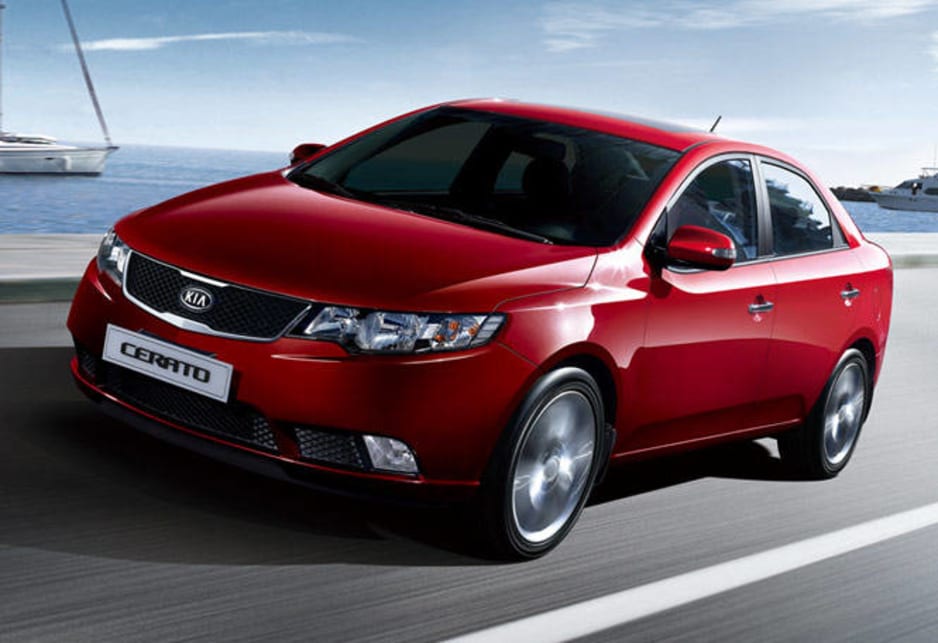
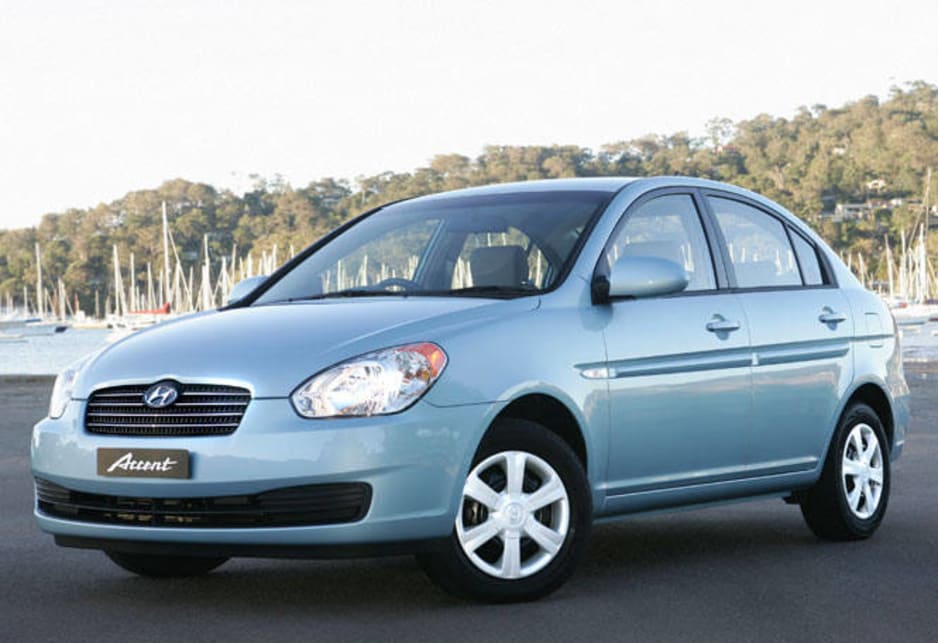











Comments